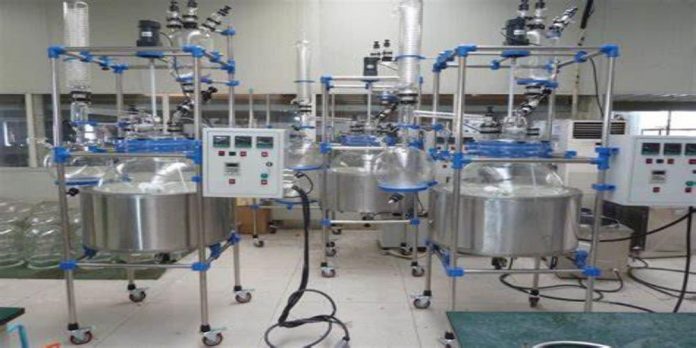Research is at the core of innovation, and advancements in science and technology have revolutionized how we approach problems and find solutions. The glass reactor is one of the most essential tools for conducting research in chemistry and related fields. Glass reactors provide an ideal environment for chemical reactions, enabling researchers to control temperature, pressure, and other variables to optimize their experiments.
In recent years, glass reactors have undergone significant innovations, allowing researchers to elevate their research to new heights. The following are some of how modern glass reactors like the 20l reactor have been engineered for innovation.
Additional Safety Measures
Increased Safety Glass reactors have always been safe, but modern glass reactors have additional safety features that make them even safer. For example, many modern glass reactors have a safety cover that prevents contact with hot surfaces, reducing the risk of burns. Some also have automatic shut-off features that turn off the heating or cooling system if the temperature or pressure exceeds a certain level.
Greater Control
Modern glass reactors have greater control over temperature, pressure, and other variables, which allows for more precise and repeatable experiments. This is achieved through sophisticated control systems and advanced sensors that measure various parameters in real time. With this level of control, researchers can perform experiments with greater accuracy, yielding more reliable results.
Modular Design
Modern glass reactors often have a modular design, allowing for greater flexibility in experiments. Researchers can add or remove different components, such as additional reactors or sensors, to customize the setup for their specific needs. This modular approach enables researchers to perform various experiments with the same reactor.
Automation
Automation is another key innovation in modern glass reactors. Many now come equipped with programmable logic controllers (PLCs) that can automatically control and monitor the reactor. This reduces the need for manual intervention, allowing researchers to focus on other tasks while the reactor runs. This not only saves time but also minimizes errors and increases reproducibility.
Data Logging
Data logging is another important feature of modern glass reactors. Many come with built-in data loggers that record key parameters, such as temperature, pressure, and pH, in real-time. This data can be used to analyze experiments and make adjustments for future runs, resulting in more informed decision-making.
Conclusion
Glass reactors have come a long way since their inception. Modern glass reactors now offer a range of innovations that elevate research efforts in chemistry and related fields making the glass reactor more engineered for innovation in recent times, than it has ever been. As a result, researchers can now perform more precise experiments, generate more reliable data, and ultimately make discoveries and advancements that can benefit society.
FAQs
Q: What should I look for when choosing a glass reactor for my research?
A: When choosing a glass reactor, consider the size of the vessel, the materials used in construction, the type of stirring mechanism, and the heating and cooling capabilities of the reactor. It is also important to consider any safety features or certifications necessary for your research application.
Q: What innovations are currently being made in glass reactor technology?
A: Glass reactor technology is constantly evolving, with new innovations in heating and cooling mechanisms, mixing and stirring capabilities, and safety features. The latest advances include improved temperature control, more efficient stirring mechanisms, and enhanced safety features to prevent accidental breakage or chemical spills.
Q: Are there any limitations to using glass reactors in research?
A: Glass can be brittle and prone to cracking or breaking if not handled properly. Additionally, some chemicals may not be compatible with glass, requiring other types of reactors.
Q: How can I ensure the safety of myself and my research team when using glass reactors?
A: To ensure the safety of yourself and your research team when using glass reactors, follow all safety protocols and procedures recommended by the manufacturer. This may include wearing appropriate personal protective equipment and ensuring that the reactor is properly secured and stable during use.

